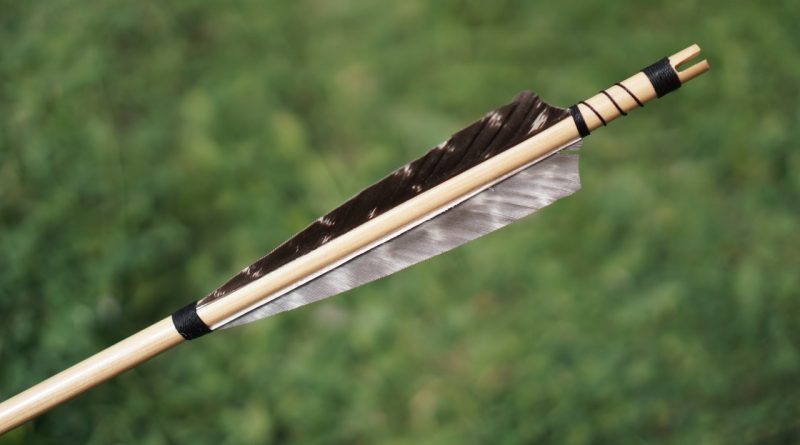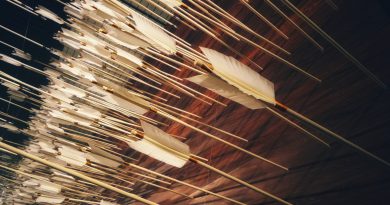Flight mechanics of an arrow
There is lot of physics involved in the flight of an arrow, which is not known to many of the archers. Multiple factors are known to influence the flight of an arrow and the path it takes. This article deals with the basics of flight mechanics, which is a detailed description of the physics involved in the flight of an arrow. The arrow shooting game is based on this physics of flight mechanics.
The bow is a simple machine with a 2 arm spring. The energy the archer expends is stored in the bow as potential energy and then is transferred to the arrow as kinetic energy, which propels it into the air when the archer releases the string.
The bow plays a very important role in the mechanics of flight of the arrow and in archer games to minimize the difficulty simplest of the bow and arrow is used. Other factors discussed in this article are the distance to which the arrow flies, initial angle of the arrow when fired, initial velocity (the fastness with which it is released), the weight of the arrow, length of the arrow, length of the arrow’s feathers and the height of the arrow’s feathers.
The initial velocity with which the arrow is fired is decided by the force the bow delivers to the arrow, the efficiency of the bow, and the mass of the arrow. In the game simulation, all these details will be calculated and the simplest model will be applied. Higher initial velocity means the arrow will fly a longer distance.
Discussing about the initial angle, one of the most common misconceptions people have is that if the initial angle is larger, he arrow will cover a longer distance. But that is not true. If the initial angle is larger, then the arrow will point up in the sky and it has to travel up too far making the horizontal distance traveled by the arrow smaller.
The reason behind this is that if the arrow is pointed up to the sky, it has to cover a longer distance vertically and it will lose most of its momentum in the vertical flight. Moreover, it will have very less amount of momentum left out for the forward movement. So, the arrow will cover only a smaller horizontal distance and fall short. For example, if an arrow is shot along the sloping angle of a pointed mountain, the arrow will stop at the peak of the mountain and fall at the other side of the mountain. Suppose if the mountain is inverted ‘U’ shaped with the horizontal portion of the ‘U’ spread out, then the arrow will fly a longer distance than that fired on a pointed mountain.
The weight of the arrow plays a very important role in the flight of an arrow. In reality, many archers prefer light weight arrows with a heavy tip. But the game will not represent this feature. In games the weight will be decided in a general manner. The weight of the arrow will be decided between heavy and light at a particular point. If the arrow is too light, then it will get blown in the air and may miss the target. If the arrow is too heavy it produces lot of drag due to gravity and it will fall short. So both the light weight and the heavy weight arrows are not suitable for accurate shots. The ideal weight should be between light and heavy. But the weight of the arrow is entirely the archer’s choice as every archer likes his or her own arrow weight.
The length of the arrow’s feathers is another important factor, which help in decide the arrow flight distance. Long feathers consume more space and offer more air resistance while the arrow is flying. This means that longer arrow flies shorter than its shorter counterpart.
Another parameter influencing the flight of the arrow is the height of the feathers. Larger the height of the feathers, shorter is the flight of the arrow. If the height of the feathers is more, it creates more drag to the arrow by air resistance. This means, shorter feather arrows will fly longer.



